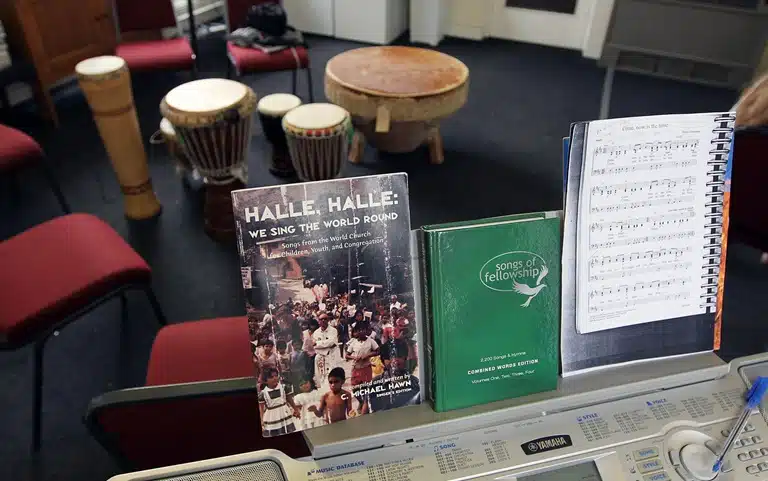Reimaging Evangelism: Inviting Friends on a Spiritual Journey
by Rick Richardson
The challenge of communicating the unchanging truths of the gospel is renewed in every generation.
InterVarsity Press, P.O. Box 1400, Downer’s Grove, IL 60515-1426, 2006, 163 pages, $12.00.
—Reviewed by Laura Vellenga, campus staff member, InterVarsity Christian Fellowship
The challenge of communicating the unchanging truths of the gospel is renewed in every generation. Until recently, the Church has failed to recognize the possibilities — rather than simply the problems — that accompany evangelism in a postmodern, post-Christian generation. The explosion of evangelism books and training seminars over the past thirty years has not resulted in a commensurate level of growth in the Western Church. Rick Richardson, director of the Master of Arts in Evangelism and Leadership program at the Wheaton College Graduate School, contends these approaches to evangelism often only reinforce the very stereotypes they were intended to counter.
Richardson speaks to those who love Jesus but have grown disillusioned by evangelism in a postmodern culture. Yet those who are wary of hearing another call to “embrace your inner postmodernist” will be pleasantly surprised. As he unpacks the modernist and post-modernist perspectives on evangelism, he does not dismiss abstract doctrinal concepts as irrelevant. Instead, he does something more powerful: he fleshes them out, depicting the messiness, unpredictability and complexity that shape the lives of real people. God is at work by his Spirit even in the lives of non-Christians. This assumption significantly shapes spiritual conversations by “inviting people to talk about their spiritual journey in the ways that they understand it.” The language of invitation is both powerful and disarming, as I discovered recently as a guest lecturer in a freshman seminar on a local college campus. Richardson’s questions provided a non-threatening way for these mostly non-believing students to engage in a spiritual exercise without feeling backed into a corner. Their varied backgrounds and experiences were valued by a self-professing Christian—not something they were conditioned by the college to expect.
While this approach is more indirect, Richardson contends it actually enables the conversation to go further, faster. The rest of the book explains why. In discussing the art of spiritual friendship and the power of story, he engages with commonly-held stereotypes of Christians and the kernels of truth they possess. The chapter entitled “Jesus Outside the Box” gives permission to Christians to be honest about the failures and frustrations they experience in spiritual conversations. Many Christians, he says, are overly familiar with the gospel and have so simplified and conceptualized its message that they are no longer sure that anyone would want what they have. It is not just non-Christians who need to experience Jesus’ transforming power. Richardson seems to suggest that postmodernity may in fact be a gift that enables the Church to meet Jesus again for the first time.
Those who prefer a stronger, more propositional approach will likely feel that Richardson has not gone far enough in confronting non-believers with the truth claims of the gospel. The appendices also could have been expanded and included as chapters, rather than put at the end where they are easily overlooked. Yet Richardson, with his up-to-date cultural analysis, solid biblical exegesis and global perspectives from non-Western believers, has woven a tapestry of witness that is both joyful and compelling.
Check these titles:
Poe, Harry Lee. 2001. Christian Witness in a Postmodern World. Nashville, Tenn.: Abingdon Press.
Richardson, Rick. 2000. Evangelism Outside the Box. Downer’s Grove, Ill.: InterVarsity Press.
—–
Copyright © 2007 Evangelism and Missions Information Service (EMIS). All rights reserved. Not to be reproduced or copied in any form without written permission from EMIS.


